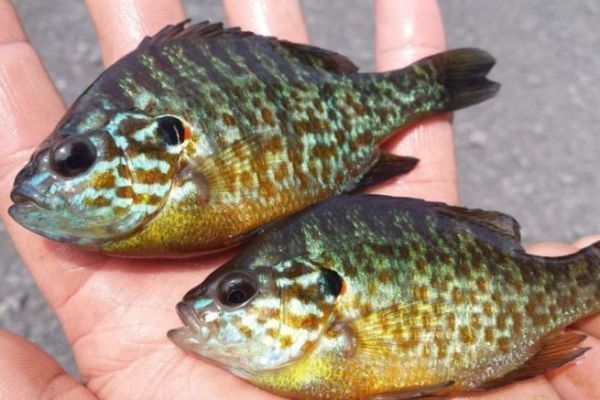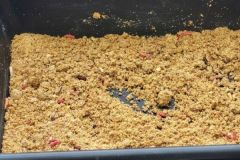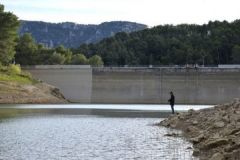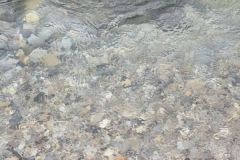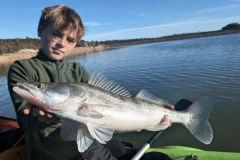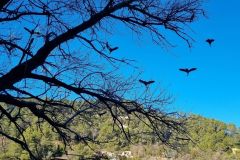Exotic species VS invasive exotic species
Before going any further, it's important to distinguish between two concepts that are often confused: alien species and invasive alien species.
An exotic or allochthonous species is simply a species that is not native to the territory where it currently lives. Its introduction may be natural (through migration, range extension or climate change) or linked to human activity. But that doesn't mean it necessarily causes damage.
Many exotic species integrate into their new environment without causing any major imbalance. This is the case for black bass and pike-perch, two fish that are not native to France but were introduced for sport and food fishing. These species have found their place without seriously threatening the local fauna. Their reproduction remains controlled, they do not disrupt food chains, and their impact on biodiversity is considered limited.
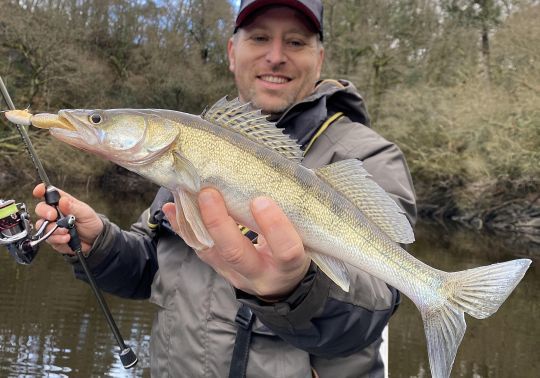
Conversely, an invasive alien species is one that, once introduced, reproduces uncontrollably, rapidly colonizes natural environments and causes negative ecological, economic or health impacts. It competes directly with local species, modifies habitats or disrupts the functioning of ecosystems.
In other words, not all exotic species are "invasive": what makes the difference is their behavior in the host environment and the extent of their impact.
Sun perch and catfish: two well-established predators
Among the species that best symbolize this phenomenon, the sun perch occupies pride of place. Originally from North America, this colorful little fish first seduced aquarists and fishermen in the XIX? century. It was introduced into French ponds and rivers for its decorative appearance and to enrich the fish fauna. But this initiative had unexpected consequences.
Highly adaptable, the sun perch has multiplied rapidly. It feeds on amphibian larvae, aquatic insects and other fish eggs, causing local populations of minnows and gudgeon to plummet. Its presence in an environment is often the sign of an already advanced ecological imbalance.
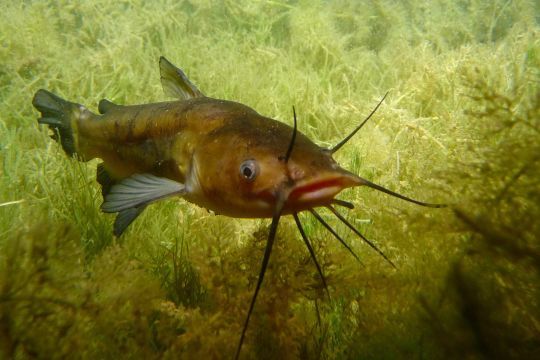
Catfish, meanwhile, followed a similar trajectory. Imported at the beginning of the XX? century from North America, it too was intended to diversify fishponds. But this little brown fish with its gregarious behavior has become a veritable scourge. Capable of surviving in oxygen-poor waters, it settles easily in stagnant, muddy areas. It devours eggs and larvae of other species, contributing to the biological impoverishment of the environments it colonizes.
Pseudo-rasbora: a silent invasion from Asia
The story of pseudo-rasbora, or Pseudorasbora parva is a good example of how some introductions occur without direct human intention. This small fish native to eastern Asia was accidentally introduced in the 1980s, mixed in with batches of carp destined for aquaculture.
Its rapid reproduction and tolerance of varied conditions have enabled it to spread to many French waterways. But more than its mere presence, it's its ability to carry a dangerous parasite, Sphaerothecum destruens which has scientists worried. This pathogenic micro-organism is capable of decimating entire populations of native whitefish, jeopardizing the balance of aquatic ecosystems.
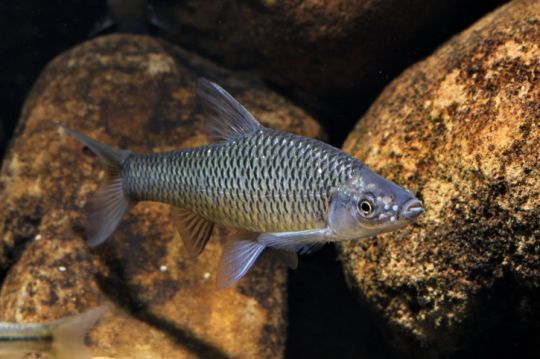
The Cape xenope: an intruder from the laboratory
Some introductions have even more unexpected origins. The Cape Xenope frog ( Xenopus laevis ), native to southern Africa, was first used in European laboratories as a biological model for research, notably in pregnancy tests and embryonic development studies. Unfortunately, some individuals have escaped or been deliberately released back into the wild.
In Maine et Loire, for example, there are now established populations in ponds and streams. Omnivorous and highly resistant, this frog feeds on insects, eggs and tadpoles of other amphibians. Worse still, it can carry a pathogenic fungus, chytrid, responsible for the mass extinction of amphibians worldwide.
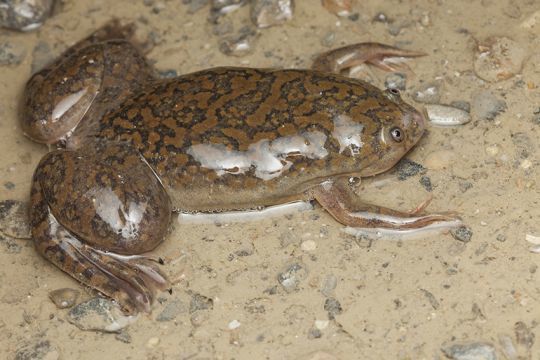
Goby, Florida turtle and blue crab: the new colonizers
The round goby, originally from the Black and Caspian Seas, has taken advantage of maritime transport to reach Europe. It first settled in large rivers such as the Danube and Rhine, before appearing in French waters. This small groundfish is a formidable competitor to local species, whose habitats it occupies and whose resources it consumes. Its rapid spread illustrates the difficulty of controlling it. Now very present in the east of the country, it is beginning to be found in the Seine basin, and many fishermen are reporting its presence in other areas.
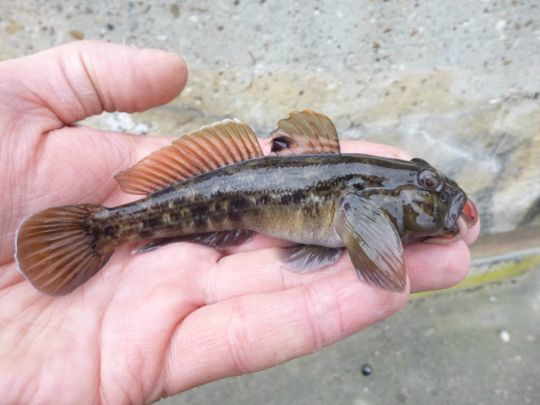
Another species well known to the general public is the Florida tortoise. Massively sold in pet shops in the 1980s and 1990s, they were often released into lakes or parks when private owners could no longer care for them. Hardy, opportunistic and omnivorous, it has adapted perfectly to our temperate climates. It is now in direct competition with the European pond turtle, a protected native species. The Florida tortoise is a perfect illustration of individual responsibility in the spread of invasive species: a simple gesture, often well-intentioned, can have lasting repercussions on local fauna.
Even more recently, scientists have observed the arrival of the blue crab ( Callinectes sapidus ), native to the American Atlantic coast. Present in the Mediterranean basin for around ten years, it reproduces at an impressive rate and colonizes lagoons and estuaries. A voracious predator of shellfish, it threatens both biodiversity and the local economy, particularly traditional fishing.
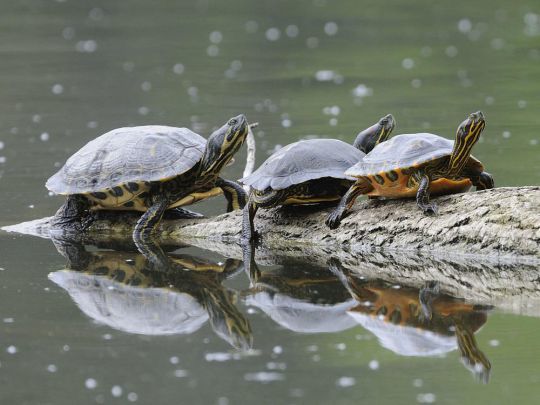
Man, the main player in biological invasions
All these species have one thing in common: they owe their presence in France to man. Whether they are deliberately imported for aquariums, scientific research or leisure fishing, or accidentally introduced through trade, it is our species that is at the origin of these biological invasions. Ballast water from ships, aquaculture flows, the release of pets and modifications to natural environments all contribute to the dispersal and settlement of these organisms.
Climate change, by warming waters and modifying hydrological regimes, is also making our ecosystems more welcoming to species from elsewhere. This phenomenon is not just ecological: it is also profoundly cultural and economic, linked to our relationship with nature and globalization.
The consequences of these invasions are manifold. Ecologically, invasive alien species disrupt food chains, compete with local species, transmit diseases, modify habitats and lead to the disappearance of native species. In France, many ponds, rivers and wetlands have seen their ecological balance profoundly altered by these new arrivals.
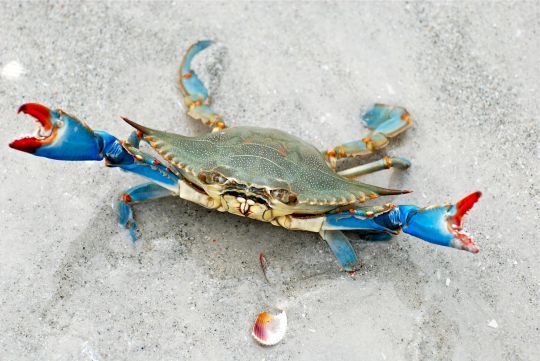
Prevention, awareness-raising and restoration: the keys to success
Given the scale of the phenomenon, legislation has been progressively tightened. In France, the Environment Code prohibits the introduction, transport, sale or possession of these species, and provides for penalties in the event of infringement.
Today, the fight against invasive alien species is based on three main principles: prevention, monitoring and restoration. Prevention means first and foremost limiting introductions.
This means tighter border controls, clear regulation of the exotic animal trade, and public education to discourage deliberate releases. Monitoring means rapidly detecting the presence of a species before it spreads. Finally, restoration means rehabilitating natural environments to strengthen their resilience and encourage the return of local species.
But beyond public policies, a change in behavior is also necessary. Everyone, in their own way, can help limit the spread of invasive alien species. Not releasing a pet, reporting the presence of a suspect species, supporting local preservation initiatives: these are all simple gestures that can help protect our natural heritage.

 /
/ 